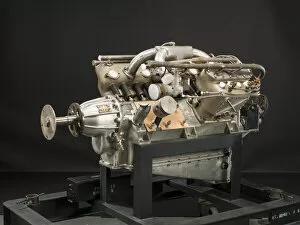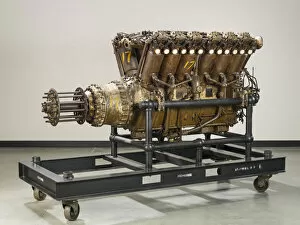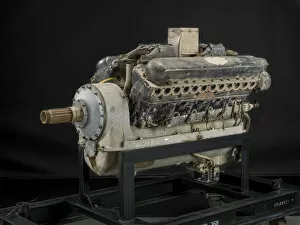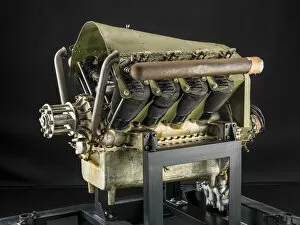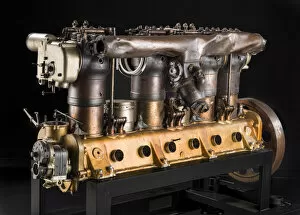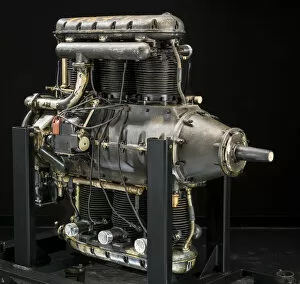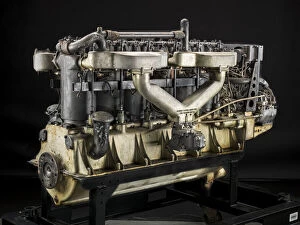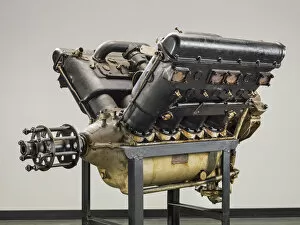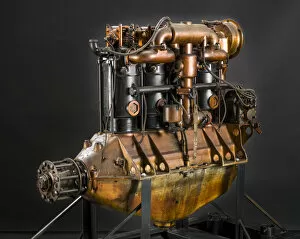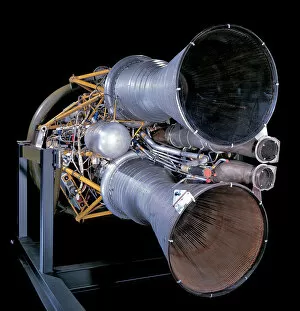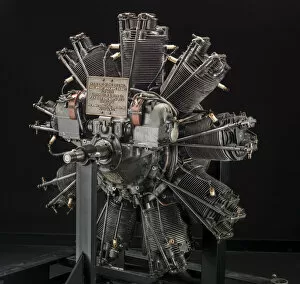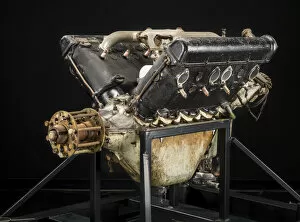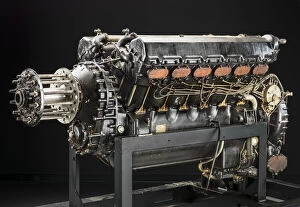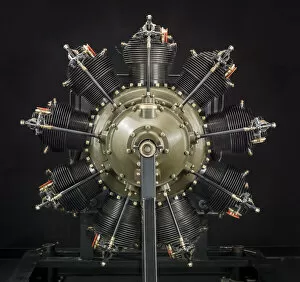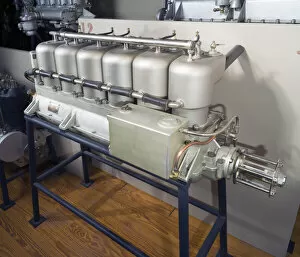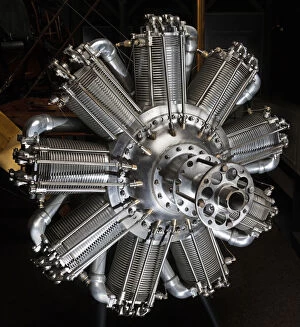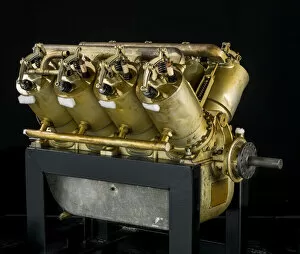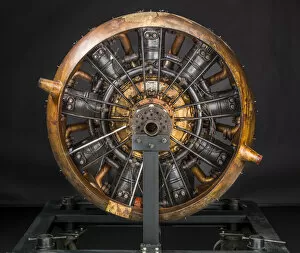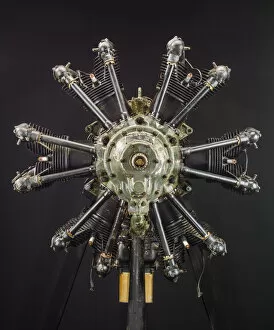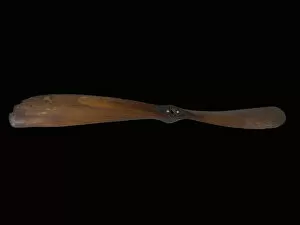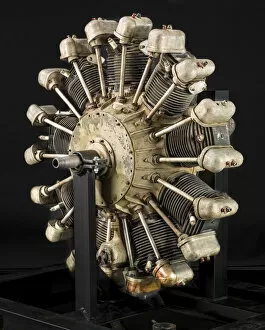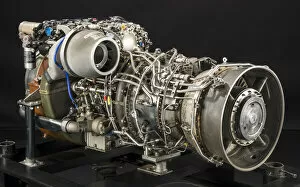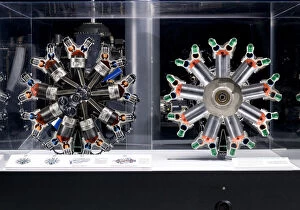"Propulsion: Unleashing the Power of Movement" From the roaring engines of D Napier and Son's iconic Deltic to the silent thrust of Cassini spacecraft orbiting Saturn and its moon Titan, it has always been at the heart of human endeavors, and is a force that propels us forward, defying gravity and pushing boundaries. Witness the sheer might as an Eurofighter EF2000 Typhoon from the Royal Air Force ignites its afterburner during takeoff, leaving behind a trail of raw power. Just like when Space Shuttle Discovery lifts off from Launch Pad 39A at Kennedy Space Center in Florida, it symbolizes our relentless pursuit to explore beyond our earthly confines. But propulsion isn't limited to space exploration alone; it permeates every aspect of our lives. Look closely at HMS Habbakuk in section - a floating fortress powered by innovative engineering marvels. Even within the intricate gears and cogs of a historical pendulum clock lies evidence of mankind's quest for efficient movement. Cast your gaze back to history as Vostok 1 spacecraft soars into space in 1961, marking humanity's first steps towards conquering new frontiers. Witness how Space Shuttle Atlantis' twin solid rocket boosters ignite with thunderous force, propelling it towards unimaginable heights. The launch pad trembles beneath us as we behold Saturn V rocket ascending majestically into space – an artwork painted across the sky itself. And let us not forget Ukrainian Air Force Su-27 Flanker slicing through air with grace or RAF personnel completing Thor missile training course – their dedication fuels progress. In this vast universe where possibilities are infinite, propulsion becomes our ally in shaping destiny. As Space Shuttle Atlantis gracefully lifts off from Kennedy Space Center once more, we are reminded that propulsion is not just about physical motion but also about unleashing dreams and aspirations that defy all limits.



